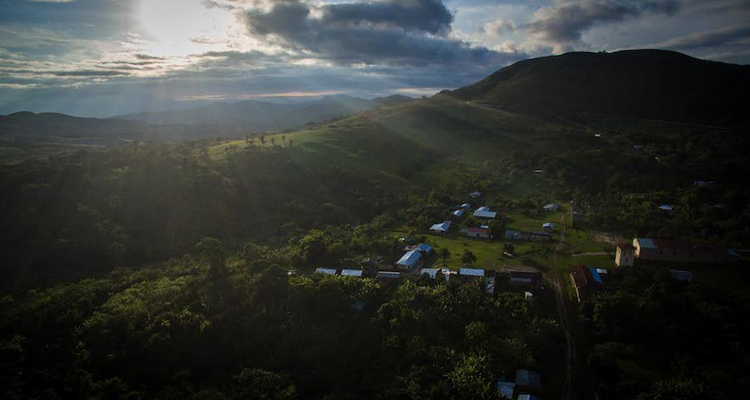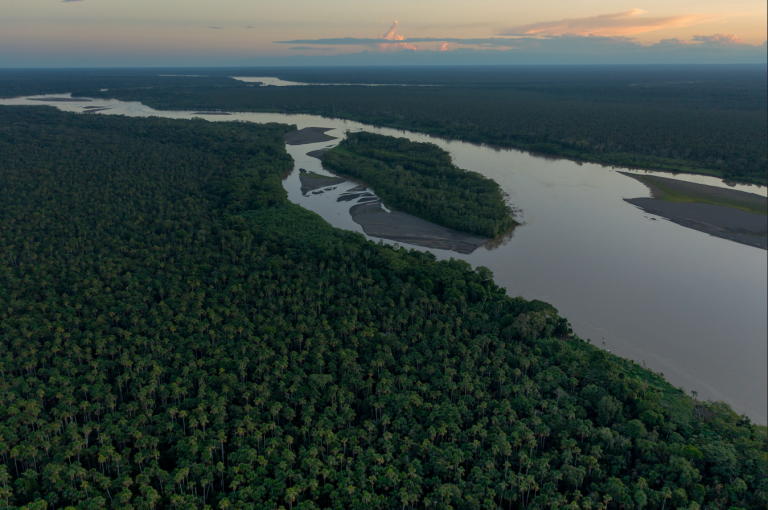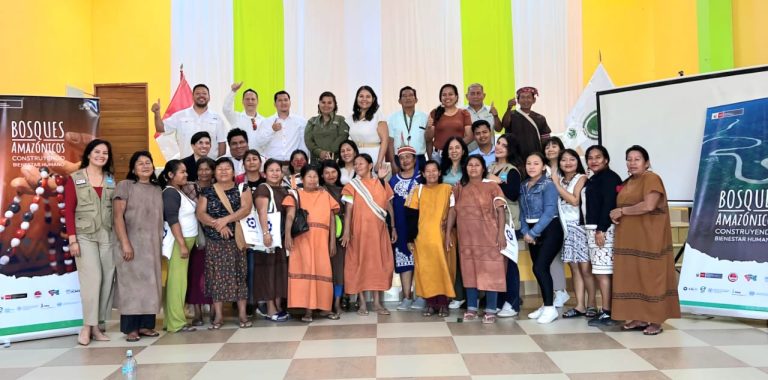The Critical Ecosystem Partnership Fund (CEPF) has launched a new investment to support civil society organizations in the conservation of the Tropical Andes Biodiversity Hotspot, the richest and most biodiverse region on the planet.
The new phase will reinforce the progress made in the 2015-2021 period, which supported a total of 65 partner organizations, which were helped to improve the management of 2.9 million hectares and the establishment of 26 new conservation areas to safeguard another 763,901 hectares. In addition, nearly 60,000 people from 294 indigenous and farming communities benefited from conservation efforts.
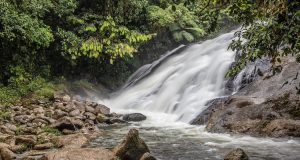
Photo: Jeisson Zamudio
CEPF’s new funding will now focus on the conservation of 28 KBAs in five conservation corridors in Bolivia, Colombia, and Peru. Funding will focus on the five key directions of CEPF’s hotspot strategy:
- Improve protection and management of 28 prioritized KBAs to promote species conservation, participatory governance, COVID-19 green recovery, climate change resilience and financial sustainability
- Collaborate with key public and private sector stakeholders to enable biodiversity conservation, COVID-19 green recovery, and environmental, financial and social sustainability, for the benefit of priority KBAs.
- Safeguard globally threatened priority species.
- Foster a well-trained, well-coordinated, and resilient civil society at the local, corridor, and hotspot levels to achieve CEPF conservation outcomes.
- Provide strategic leadership and effective coordination of CEPF investment through a Regional Implementation Team (RIT).
To support awarding of grants and capacity building of grantees, CEPF has signed an agreement with a three-member alliance composed of two environmental funds and a conservation organization that will work together as the Tropical Andes RIT.
The RIT includes the Bolivian Association for Research and Conservation of Amazonian Andean Ecosystem (ACEAA), the Fund for the Promotion of Peruvian Natural Protected Areas (Profonanpe) in Peru, and the Colombian Natural Heritage Fund (Patrimonio Natural).
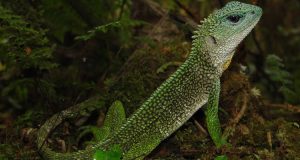
Photo: Pablo J. Venegas.
“As one of the most biologically diverse and carbon-rich hotspots in the world, the Tropical Andes continue to be a very high priority for CEPF,” said Michele Zador, CEPF’s Grant Director. “Although the people of the Andes have been significantly affected by COVID-19, we also see important new opportunities for sustainable development and conservation,” added.
“The participation and empowerment of local civil society in conservation is essential to ensure the integrity of critical ecosystems and promote sustainable development,” said Anton Willems, Profonanpe’s CEO. “We are excited to continue strengthening Andean civil society to safeguard the Tropical Andes hotspot.”
Marcos Terán, ACEAA’s CEO, emphasized that “the joint work between CEPF and local partners in the Tropical Andes Hotspot has resulted in important advances for the conservation of the region” and “this new stage has the challenge of consolidating and scaling up these achievements.”
Finally, Alberto Galán, Patrimonio Natural’s CEO, pointed out that “Phase III is an opportunity to support in a more structured way the strengthening of social organizations in coordination with what Patrimonio Natural has been doing.”
Author: Hotspot


